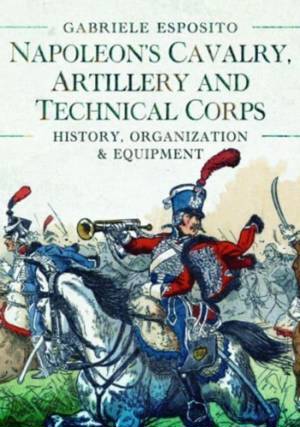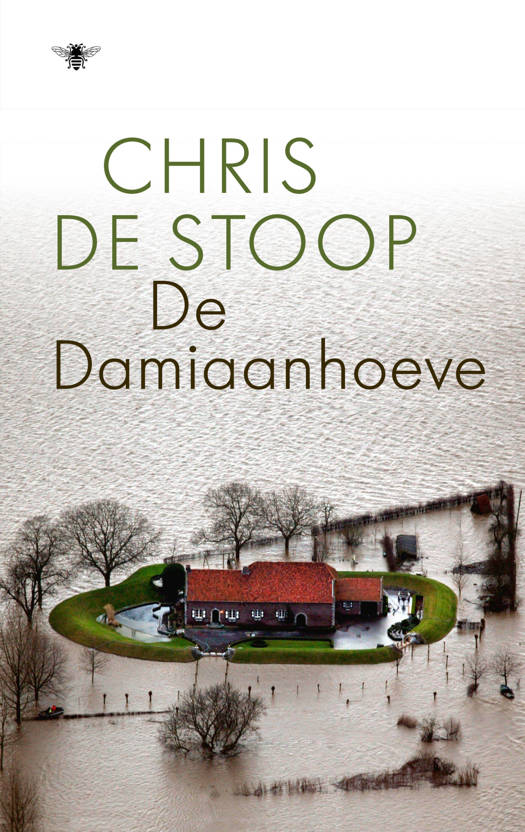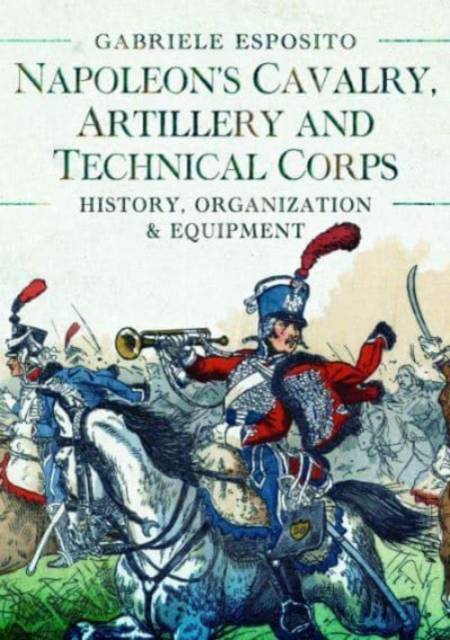
- Afhalen na 1 uur in een winkel met voorraad
- Gratis thuislevering in België vanaf € 30
- Ruim aanbod met 7 miljoen producten
- Afhalen na 1 uur in een winkel met voorraad
- Gratis thuislevering in België vanaf € 30
- Ruim aanbod met 7 miljoen producten
Zoeken
Napoleon's Cavalry, Artillery and Technical Corps 1799-1815
History, Organization and Equipment
Gabriele Esposito
Hardcover | Engels
€ 34,95
+ 69 punten
Omschrijving
Beautifully illustrated, this details the organization of the cavalry and artillery regiments, their weapons, equipment and uniforms, along with an overview for how Napoleon's units were deployed in battle.
The French Army of Napoleon could count on a brilliant mounted arm, consisting of three main types of cavalry: heavy, medium and light. The first, consisting of carabiniers and cuirassiers, was tasked with conducting frontal charges; the second, consisting of dragoons and lancers, could perform a variety of different duties; the third, consisting of hussars and mounted chasseurs, was tasked with scouting and skirmishing. The various regiments were all dressed in flamboyant uniforms and distinctive equipment. Perhaps more than any other troops they encapsulated the dash and glamour of Napoleonic warfare.
Napoleon started his military career as an artillery officer and thus always paid great attention to the quality of his army's artillery, which consisted of both foot and horse units. Several of Bonaparte's greatest victories were achieved thanks to the superiority of his artillery, which was with undoubtedly the best in Europe during the period 1799-1815. In addition to cavalry and artillery, the author also covers the minor 'technical corps' of Napoleon's army, such as the engineers and supply train. All are beautifully illustrated by the many color plates in this book, and their organization, equipment and tactics described.
The French Army of Napoleon could count on a brilliant mounted arm, consisting of three main types of cavalry: heavy, medium and light. The first, consisting of carabiniers and cuirassiers, was tasked with conducting frontal charges; the second, consisting of dragoons and lancers, could perform a variety of different duties; the third, consisting of hussars and mounted chasseurs, was tasked with scouting and skirmishing. The various regiments were all dressed in flamboyant uniforms and distinctive equipment. Perhaps more than any other troops they encapsulated the dash and glamour of Napoleonic warfare.
Napoleon started his military career as an artillery officer and thus always paid great attention to the quality of his army's artillery, which consisted of both foot and horse units. Several of Bonaparte's greatest victories were achieved thanks to the superiority of his artillery, which was with undoubtedly the best in Europe during the period 1799-1815. In addition to cavalry and artillery, the author also covers the minor 'technical corps' of Napoleon's army, such as the engineers and supply train. All are beautifully illustrated by the many color plates in this book, and their organization, equipment and tactics described.
Specificaties
Betrokkenen
- Auteur(s):
- Uitgeverij:
Inhoud
- Aantal bladzijden:
- 168
- Taal:
- Engels
Eigenschappen
- Productcode (EAN):
- 9781399089807
- Verschijningsdatum:
- 23/11/2023
- Uitvoering:
- Hardcover
- Formaat:
- Genaaid
- Afmetingen:
- 175 mm x 249 mm
- Gewicht:
- 657 g

Alleen bij Standaard Boekhandel
+ 69 punten op je klantenkaart van Standaard Boekhandel
Beoordelingen
We publiceren alleen reviews die voldoen aan de voorwaarden voor reviews. Bekijk onze voorwaarden voor reviews.











